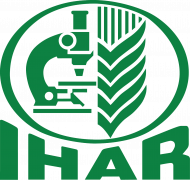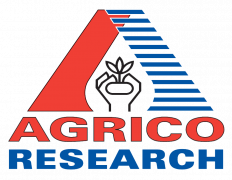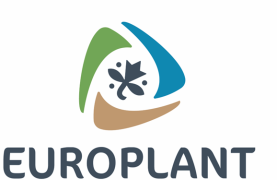Abstract
Potato (Solanum tuberosum) production at subtropical latitude is highly influenced by varying weather and soil microclimate. There is a need to quantify the requirement of key weather and soil climatic variables during the critical growth stages of potato. The present investigation was carried out to study the effect of varying weather and soil microclimatic factors during critical growth stages on potato yield in the subtropical climate. Field experiments were conducted in 2018–2019 and 2019–2020 at Kharagpur, India, to determine the relationship between key weather as well as soil microclimate factors and potato tuber yield. The experimental data were used for validation of the crop model DSSAT-SUBSTOR-Potato and simulation of potato tuber yield for varying weather. The effects of three weather variables, i.e. maximum temperature (Tmax), minimum temperature (Tmin), and solar radiation (Srad), and two soil variables, i.e. soil moisture (SM) content and soil temperature (ST), on potato yield were assessed through regression analysis. During the ‘Emergence to tuber initiation’ stage, the factors Tmax, Srad, and SM and during ‘Tuber initiation to maturity’ stage, the factors Srad and SM had significant effects (p ≤ 0.05) on potato production. The optimum values of Tmax were 17.58 (± 1.97) and 27.39 (± 0.9) °C; Srad values were 14.28 (± 2.03) and 19.32 (± 1.96) MJ m−2 day−1; and SM values were 21.79 (± 2.35) and 21.77 (± 1.74) % during ‘emergence to tuber initiation’ and ‘tuber initiation to maturity’ stages, respectively, for increased potato production. The results stated the need for an optimum planting window for providing favourable weather and soil microclimate for potato production in subtropical climate.














